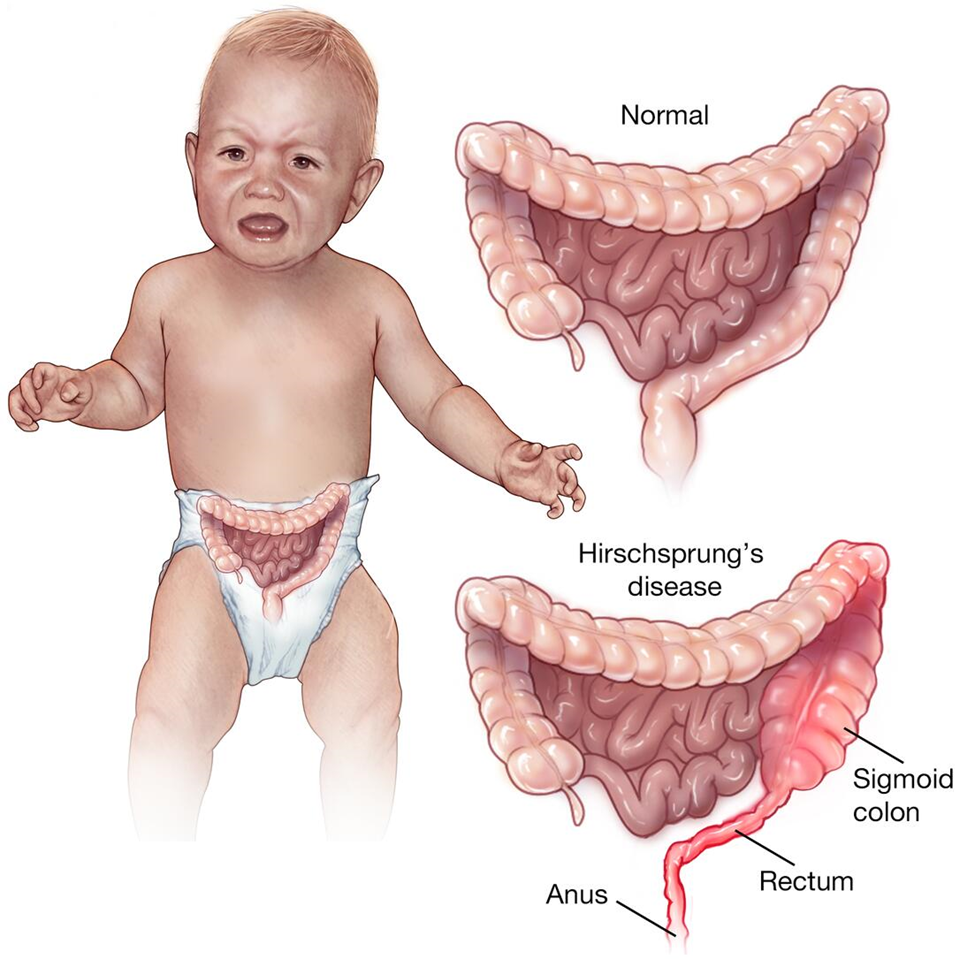A nurse is reviewing discharge instructions with a client who has pruritus following treatment for scabies. Which of the following instructions should the nurse include?
"Take a hot shower daily to relieve itching."
"Wear loose fitting clothing while you are experiencing itching."
"Add fabric softener to linens when they are washed."
"Use a soft bristle brush to gently rub the affected areas."
The Correct Answer is B
A. "Take a hot shower daily to relieve itching."
This instruction is not recommended because hot water can exacerbate itching and worsen the condition. Hot showers can strip the skin of its natural oils, leading to further dryness and irritation, which may aggravate the itching associated with scabies.
B. "Wear loose fitting clothing while you are experiencing itching."
This instruction is appropriate because loose-fitting clothing can help minimize friction and irritation on the skin affected by scabies. Tight clothing can exacerbate itching and discomfort, so wearing loose clothing can provide relief and allow the skin to breathe.
C. "Add fabric softener to linens when they are washed."
This instruction is not recommended because fabric softeners may contain chemicals or fragrances that can irritate the skin, especially for someone with pruritus or scabies. It's best to use gentle, fragrance-free laundry detergent to wash linens and clothing to minimize potential irritation.
D. "Use a soft bristle brush to gently rub the affected areas."
This instruction is not recommended because using a brush, even if it has soft bristles, can further irritate the skin and potentially spread the scabies mites to other areas of the body. It's best to avoid any abrasive or vigorous rubbing of the affected areas and instead focus on gentle cleansing and moisturizing techniques.
Nursing Test Bank
Naxlex Comprehensive Predictor Exams
Related Questions
Correct Answer is A
Explanation
A. Place the child in a side-lying position.
This is the correct action to take during a seizure to prevent aspiration and maintain an open airway. Placing the child in a side-lying position helps to prevent choking or aspiration if vomiting occurs and allows saliva or other fluids to drain out of the mouth instead of being inhaled into the lungs.
B. Restrain the child's arms.
Restraining the child's arms is not recommended during a seizure. It can potentially cause injury to the child or the person trying to restrain them. It may also exacerbate muscle spasms and increase the risk of injury during the seizure.
C. Elevate the child's legs on a pillow.
Elevating the child's legs on a pillow is not necessary during a seizure and is not a recommended intervention. It does not address the immediate needs of the child during a seizure, such as maintaining an open airway and preventing injury.
D. Insert a padded tongue blade into the child's mouth.
Inserting anything into the child's mouth during a seizure, including a tongue blade, is strongly discouraged. It can cause injury to the child's teeth, gums, or oral tissues and increase the risk of choking or aspiration. It may also result in the nurse getting bitten during the seizure. Maintaining a clear airway and ensuring the child's safety are the priorities during a seizure, and inserting objects into the mouth can interfere with these goals.
Correct Answer is D
Explanation
A. Abdominal wall defect:
Failure to pass meconium within the first 24 hours after birth can indicate a potential obstruction in the gastrointestinal tract. While an abdominal wall defect could potentially cause gastrointestinal issues, it is not specifically associated with failure to pass meconium.
B. Celiac disease:
Celiac disease is an autoimmune disorder characterized by an abnormal immune response to gluten. While celiac disease can cause gastrointestinal symptoms, such as diarrhea and abdominal pain, it is not typically associated with failure to pass meconium in the newborn period.
C. Intussusception:
Intussusception occurs when one segment of the intestine telescopes into another, causing a bowel obstruction. While intussusception is a cause of bowel obstruction in infants, it typically presents with symptoms such as colicky abdominal pain, vomiting, and the passage of "currant jelly" stool, rather than failure to pass meconium.
D. Hirschsprung disease:
Hirschsprung disease is a congenital condition characterized by the absence of ganglion cells in the distal portion of the colon, leading to functional obstruction. Failure to pass meconium within the first 24 hours after birth is a classic sign of Hirschsprung disease. This condition requires surgical intervention to remove the affected portion of the colon and restore normal bowel function.

Whether you are a student looking to ace your exams or a practicing nurse seeking to enhance your expertise , our nursing education contents will empower you with the confidence and competence to make a difference in the lives of patients and become a respected leader in the healthcare field.
Visit Naxlex, invest in your future and unlock endless possibilities with our unparalleled nursing education contents today
Report Wrong Answer on the Current Question
Do you disagree with the answer? If yes, what is your expected answer? Explain.
Kindly be descriptive with the issue you are facing.
